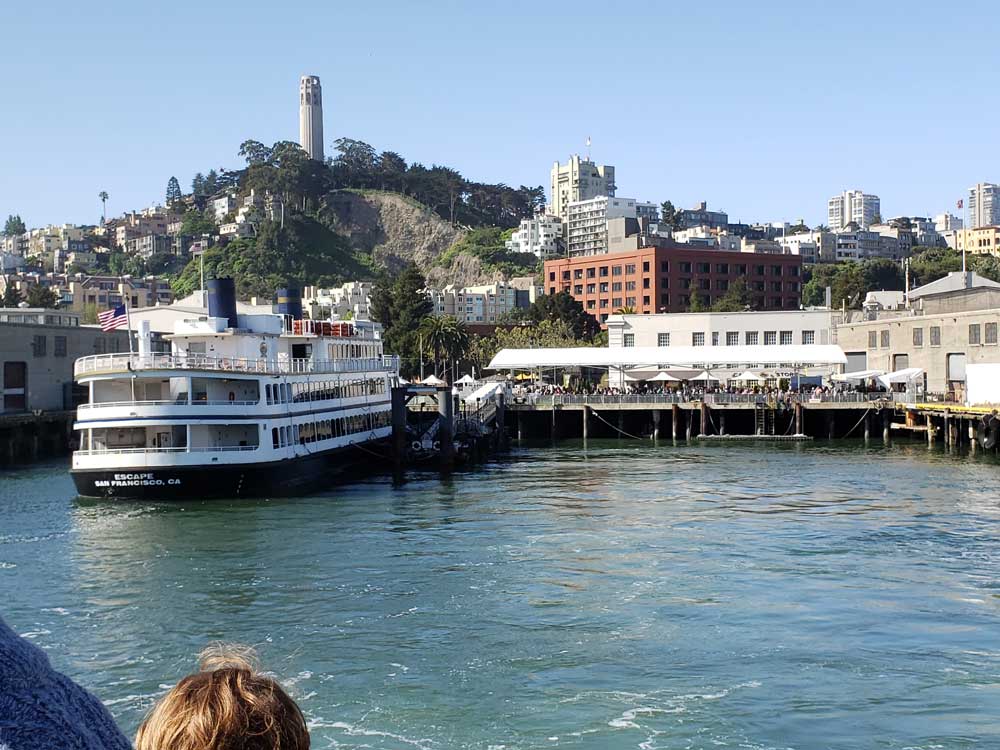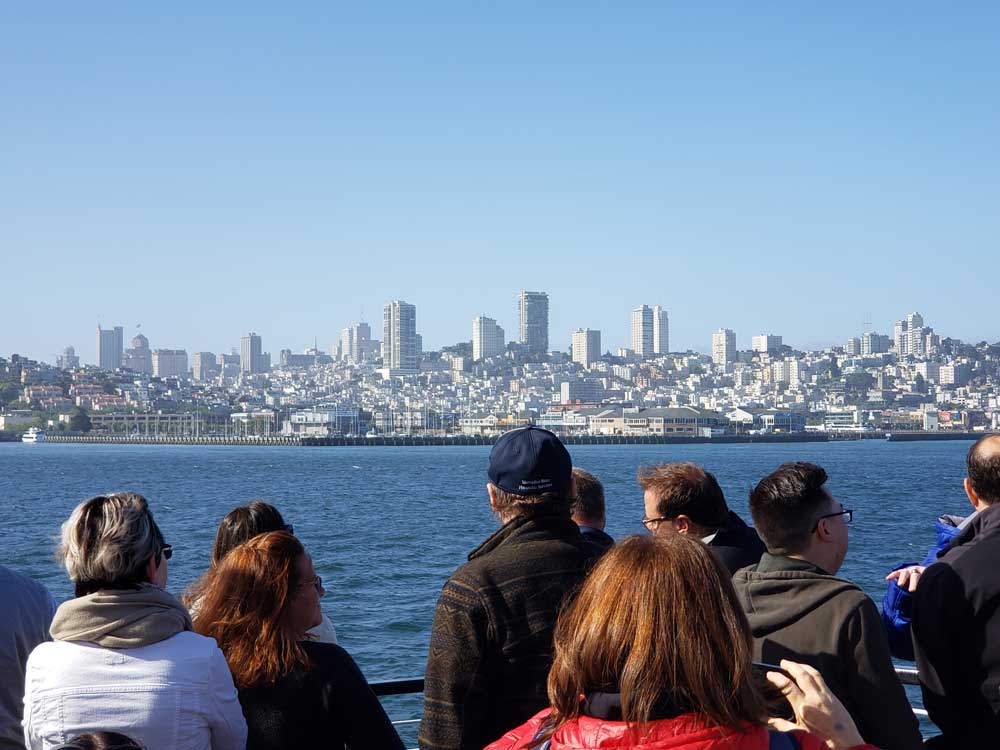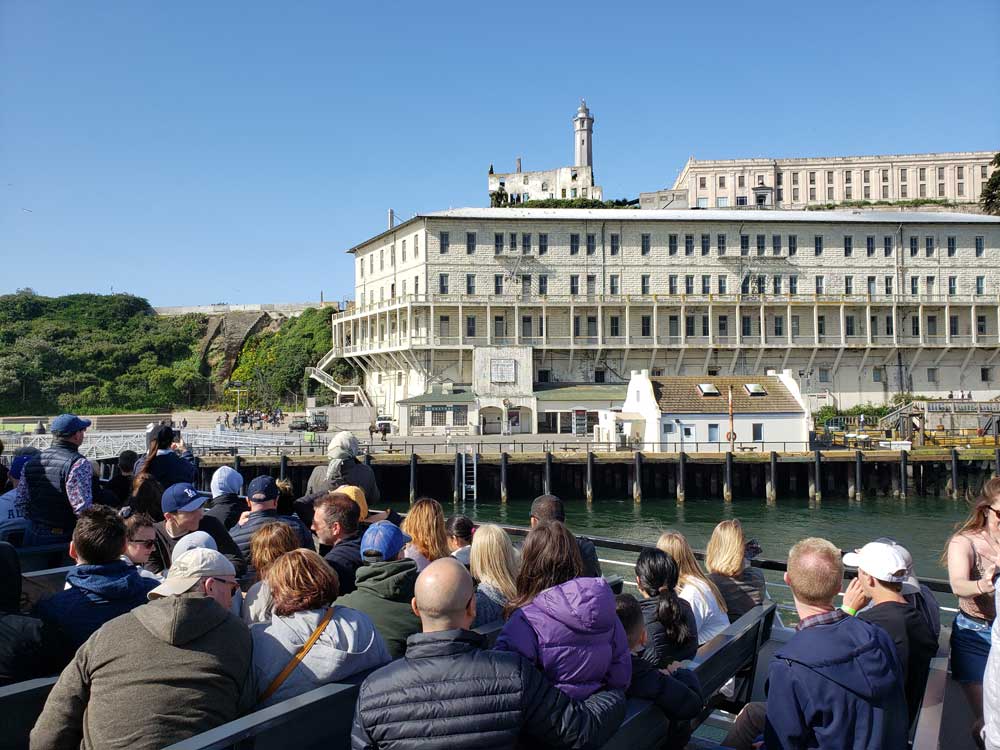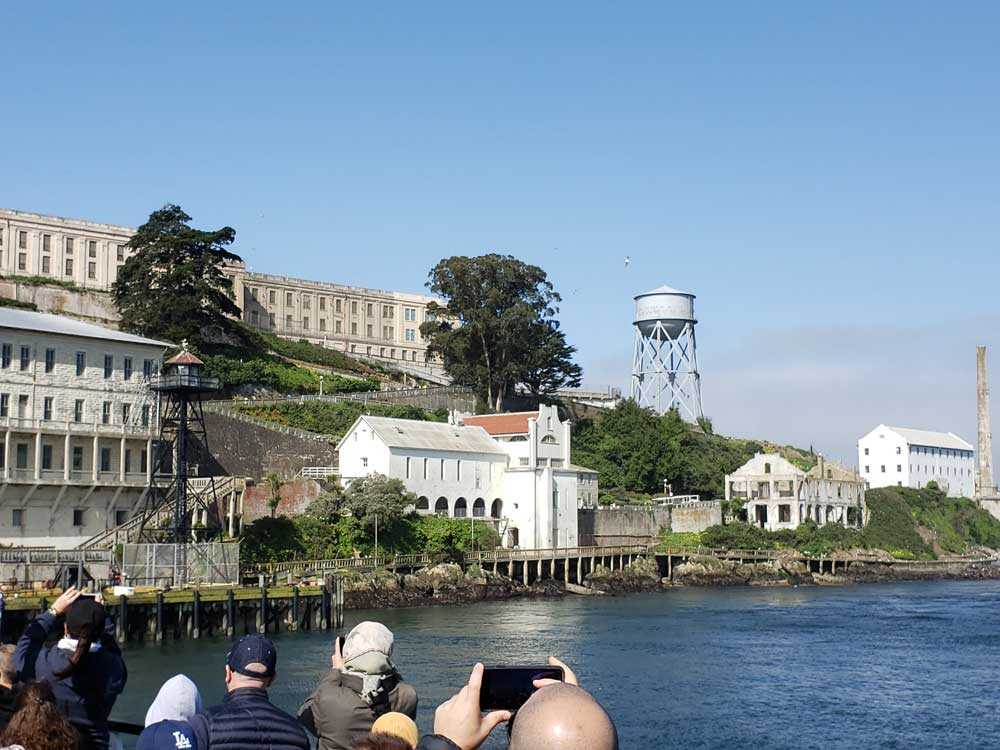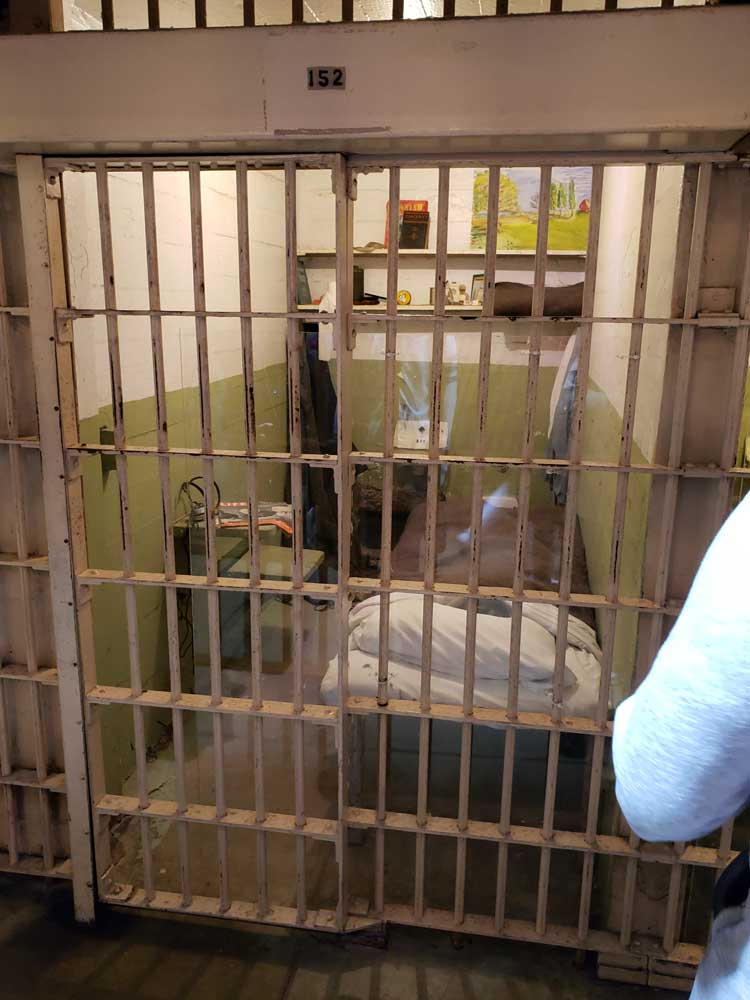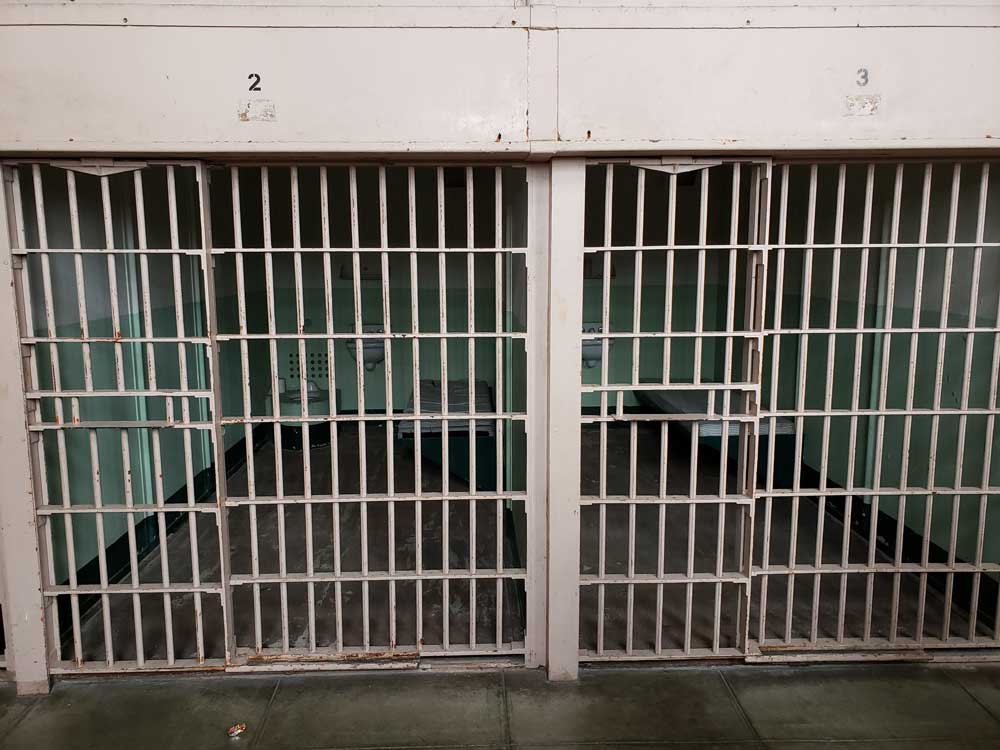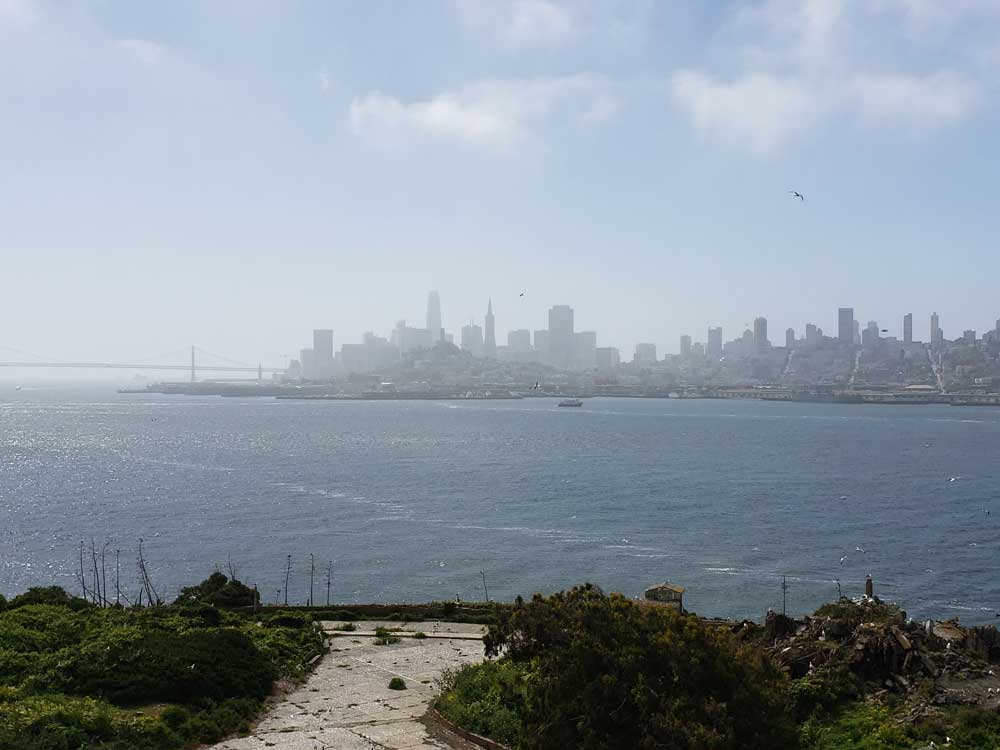Maximum security federal prison on Alcatraz Island, 1.25 miles (2.01 km) off the coast of San Francisco, California. Today, Alcatraz is a public museum and one of San Francisco's major tourist attractions
Return ferrys range from 10:20am to 4:40pm
Adult 18-61 years: $39.90
Junior 12-17 years: $39.90
Child 5-11 years: $24.40
Senior 62+ years: $37.65
Toddler 0-4 years: Free
Family Pack 2 Adult + 2 Child: $120.25
Take S Van Ness Ave and Broadway to Sansome St. Continue on Sansome St to The Embarcadero N. Turn left onto The Embarcadero N. Destination will be on the right.
Overview
The Alcatraz Federal Penitentiary or United States Penitentiary, Alcatraz Island (often referred to as Alcatraz or The Rock) was a maximum security federal prison on Alcatraz Island, 1.25 miles (2.01 km) off the coast of San Francisco, California, the site of a fort since the 1850s; the main prison building was built in 1910-1912 as a United States Army military prison. The United States Department of Justice acquired the United States Disciplinary Barracks, Pacific Branch, on Alcatraz on 12 October 1933, and the island became a prison of the Federal Bureau of Prisons in August 1934 after the buildings were modernized and security increased. Given this high security and the island's location in the cold waters and strong currents of San Francisco Bay, prison operators believed Alcatraz to be escape-proof and America's strongest prison.
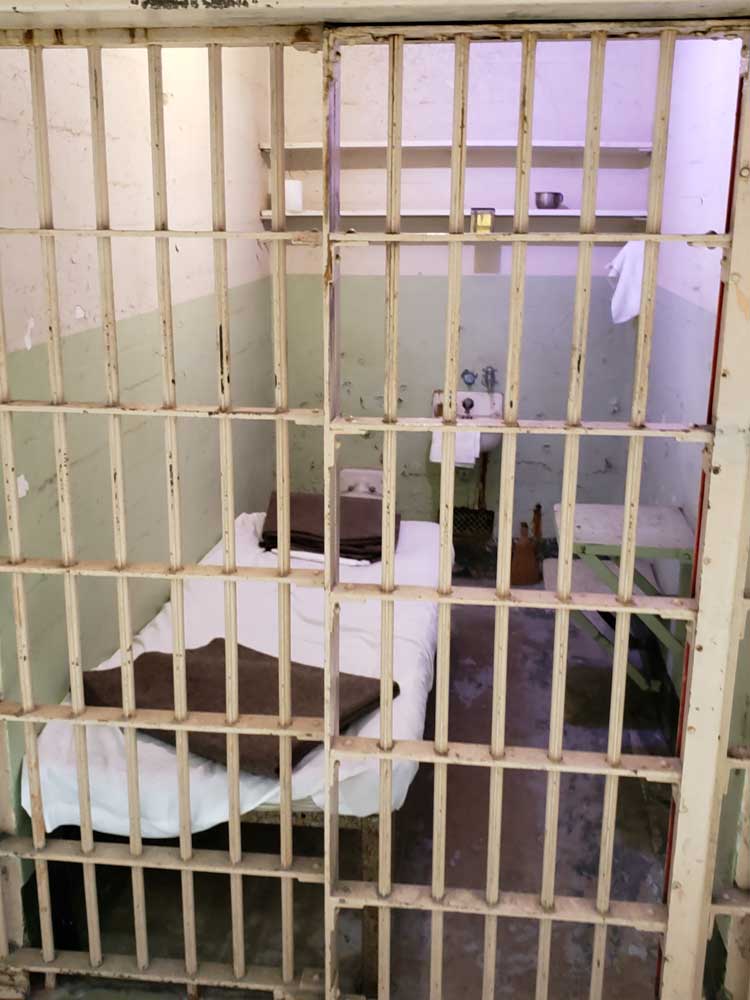
The three-story cellhouse included the four main cell blocks, A-block through D-block, the warden's office, visitation room, the library, and the barber shop. The prison cells typically measured 9 feet (2.7 m) by 5 feet (1.5 m) and 7 feet (2.1 m) high. The cells were primitive and lacked privacy, with a bed, desk, and washbasin, and a toilet on the back wall, and with few furnishings except a blanket. D-Block housed the worst inmates, and six cells at its end were designated "The Hole", where badly behaving prisoners would be sent for periods of often brutal punishment. The dining hall and kitchen extended from the main building. Prisoners and staff ate three meals a day together. The Alcatraz Hospital was above the dining hall.
Prison corridors were named after major U.S. streets such as Broadway and Michigan Avenue.
Today, Alcatraz is a public museum and one of San Francisco's major tourist attractions, attracting some 1.5 million visitors annually. Now operated by the National Park Service's Golden Gate National Recreation Area, the former prison is being restored and maintained.
This article uses material from the Wikipedia article "Venice Beach", which is released under the Creative Commons Attribution-Share-Alike License 3.0
